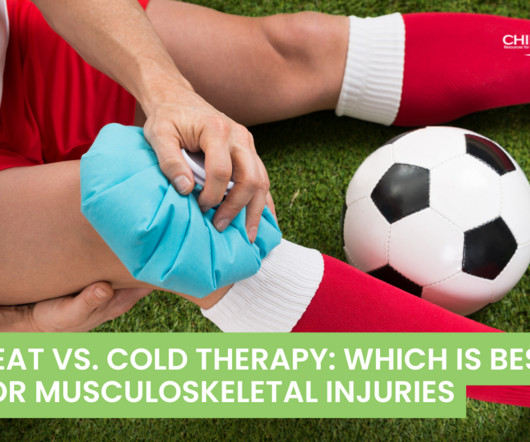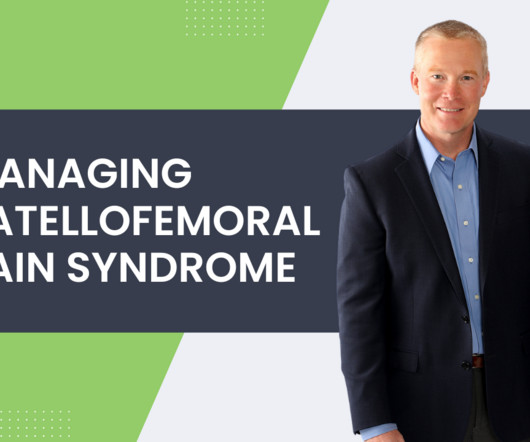Heat vs. Cold Therapy: Which is Best for Musculoskeletal Injuries
ChiroUp
NOVEMBER 14, 2024
Recent evidence has led practitioners to shift from RICE to the PEACE & LOVE approach, which emphasizes early protection, elevation, avoiding antiinflammatories, compression, and education, followed by (controlled) loading, optimism, vascularization, and exercises. (2) 2006 Oct 1;87(10):1310-7. 2015 Nov 1;29(11):3245-52.













Let's personalize your content